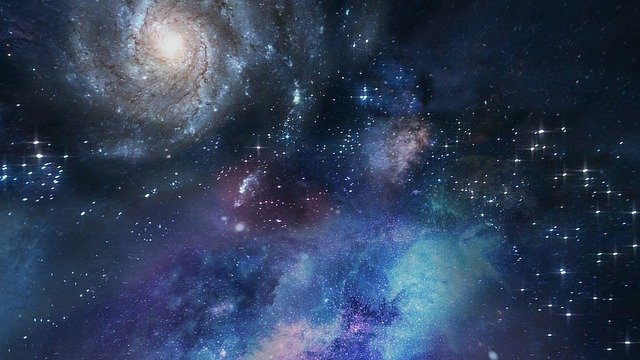Infrared images of Mars taken by the James Webb Space Telescope could help us better understand its atmosphere
Left: Existing map of Mars. Top right: Infrared image of the same area revealing surface features such as craters and dust layers. Bottom right: Infrared image showing temperature on Mars
NASA/ESA/CSA/STcI/MARS JWST/GTO team
The James Webb Space Telescope (JWST) has released its first images of Mars, capturing atmospheric data for the entire planet that will help astronomers identify phenomena and gases that previous instruments couldn’t.
“Now you can actually get these full images of the planet in the whole infrared range at incredible sensitivities,” says Geronimo Villanueva at the NASA Goddard Space Flight Center in Maryland.
JWST’s images show the eastern hemisphere of Mars in two different infrared wavelengths. The shorter wavelength (top right, above) is a result of reflected sunlight, revealing surface features often seen in visible-light images, while the longer wavelength image reveals information about heat emitted from the Martian surface and atmosphere, as well as the concentrations of carbon dioxide in the atmosphere (bottom right, above).
Imaging close planets like Mars is difficult for an instrument like JWST, which was designed to detect very distant, faint objects. The sunlight reflected from Mars overloads JWST’s detectors, so Villanueva and his team had to adapt by taking short exposures and only sampling some of the light from the detectors.
Advertisement
Mars was especially tricky to capture because it moves relatively quickly around the solar system, whereas JWST typically images objects that barely move relative to other stars. “The fact that, when we opened the images and when we got the spectra, we actually could get the data and they were good data, it was exciting,” says team member Sara Faggi.
The first images and spectra of Mars from JWST haven’t revealed anything we didn’t already know about the planet, identifying dust, surface rocks and atmospheric features like water and carbon dioxide, but they do serve as a proof of concept for collecting data that other telescopes can’t.
One advantage of using JWST, is that an entire face of the planet can be imaged at once in high resolution at a short exposure time, which should allow for the study of events that happen over a short timescale, like dust storms, weather patterns and seasonal changes.
Read more: First exoplanet picture from James Webb Space Telescope revealed
This full picture will also allow scientists to more easily track down the sources of any trace gases that they spot. “Hunting for these particular [chemical] species and, eventually, identifying the sources of these species is a work that can be done in a much more promising way with JWST,” says team member Giuliano Liuzzi.
These trace gases, like methane or hydrogen chloride, exist in very small quantities in Mars’ atmosphere, and are important for identifying possible biological or geological processes. Previous missions that have measured trace gases around Mars have used orbiters, which can only take snapshots of small areas of the planet.
Sign up to our free Launchpad newsletter for a voyage across the galaxy and beyond, every Friday
More on these topics:

